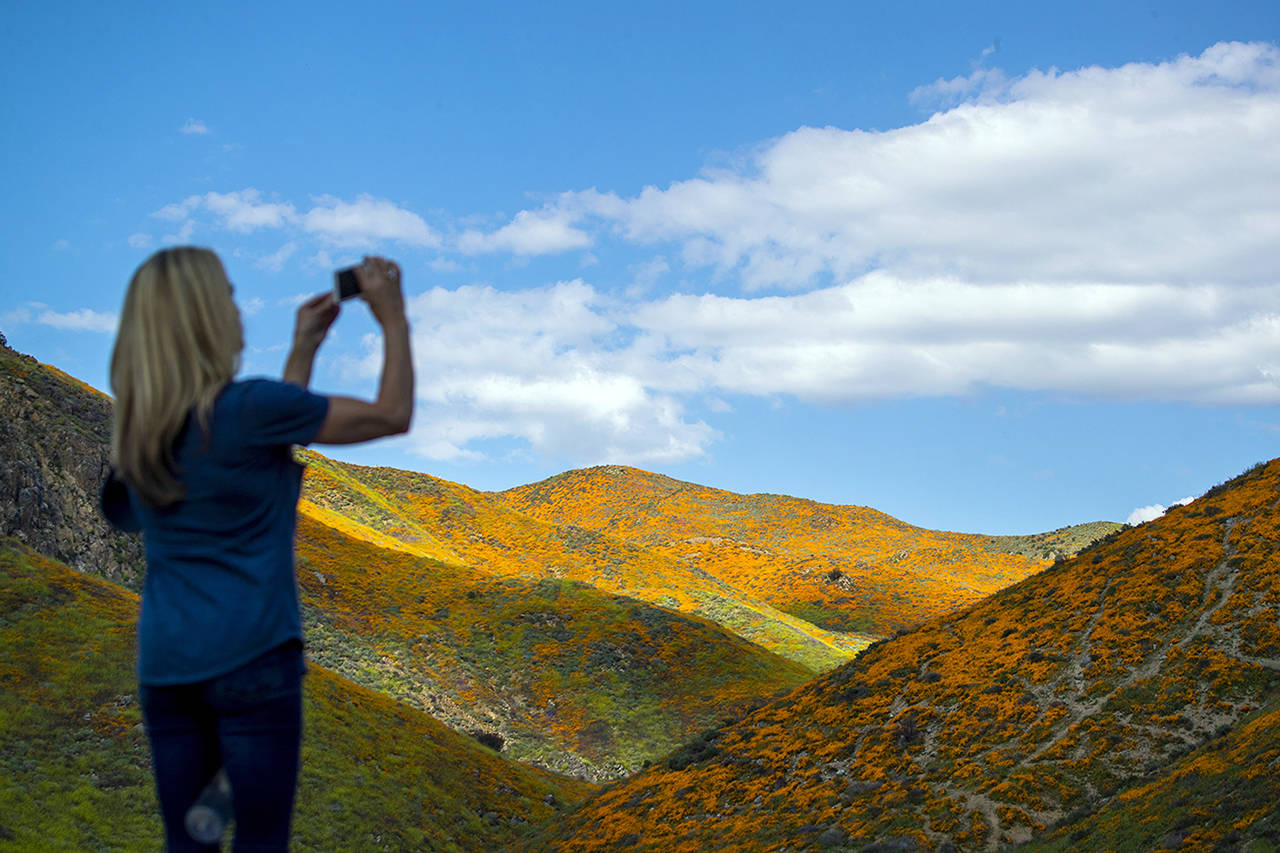By Scott Laird
TravelPulse
Instagram is an important platform for travelers. What better way to share travel stories than a series of taggable, geolocated photos?
There’s also a dark side to the social sharing app, with reports of travelers taking lethal selfies, breaking the law or engaging in destructive behavior in the quest for the perfect Instagram shot to promote their personal brands or the brands that have paid them for partnership opportunities.
One Instagram account, @PublicLandsHateYou (herineafter known as PLHY), has taken to calling out Instagrammers who engage in illegal activities on public lands in the United States. Going a step further, the account also tags and messages companies that have sponsored some posts, which in many cases has caused them to review or outright end their partnerships with the influencers.
As is understandable in this overwrought age, the owner of the account declines to share identifying details, only that he’s a 30-something male in Washington state. He started the account in July 2018, after taking a hike in the Pacific Northwest to find that fellow trekkers had been violating park rules by carving their initials into trees, leaving smoldering campfires outside of permitted campfire areas and trampling off paths, resulting in the degrading of soil.
PLHY seems to understand the draw, noting that Instagram users who break the rules in public lands are seeking a unique photo that will stand out among the thousands that are already posted in popular areas, like those recently experiencing Southern California’s super bloom. Other noteworthy locations that seem to attract bad behavior include Colorado’s Hanging Lake and Oregon’s Sahalie Falls.
The account’s model is simple: whenever a photo is taken on public lands and is in violation of the rules, PLHY posts a comment informing the user of their behavior. Sometimes the user will apologize and delete the photo or update their caption to change the tone to one of conciliation or caution to future visitors.
Understandably, some users get defensive, and PLHY admits the tactics are unorthodox, but explains that the reason for the callout comments is that the traditional methods for informing public lands users they’re abusing lands that are owned by the public and maintained using public funds haven’t been working because of the increase in damage.
Indeed, during the recent government shutdown, national parks and other public lands were originally slated to remain open, but the lands degraded so quickly the government was forced to limit access.
Ideally, PLHY would have users of public lands simply do their research before venturing out. Users can find out whether permits are necessary, which trails are open or closed, where campfires are permitted, what regulations on drones are, whether pets are allowed and other useful information. The rules are in place to preserve the integrity of the land and prevent it from public access having to be limited to meet preservation goals.
In addition to PLHY’s recommendations, travelers can also follow these best practices whenever they’re traveling:
Pack out all garbage or place it in designated receptacles.
Keep far enough away from wildlife so that their natural patterns aren’t altered.
Ensure lands are in fact public access by paying attention to maps or posted signage.
Do not remove plants, dirt, rocks or animals.
While many public lands are free and supported by tax dollars, their budgets are typically stretched thin — donate at ranger stations or visitor centers to support personal use.
Accounts such as PLHY draw attention to the need for users of public lands in the United States and elsewhere to follow “leave no trace” principles. The aim of following the rules to preserve pristine natural lands (which are already threatened enough by climate change, let alone hordes of Instagrammers) ensures that for future travelers, there are still places left worth visiting.



